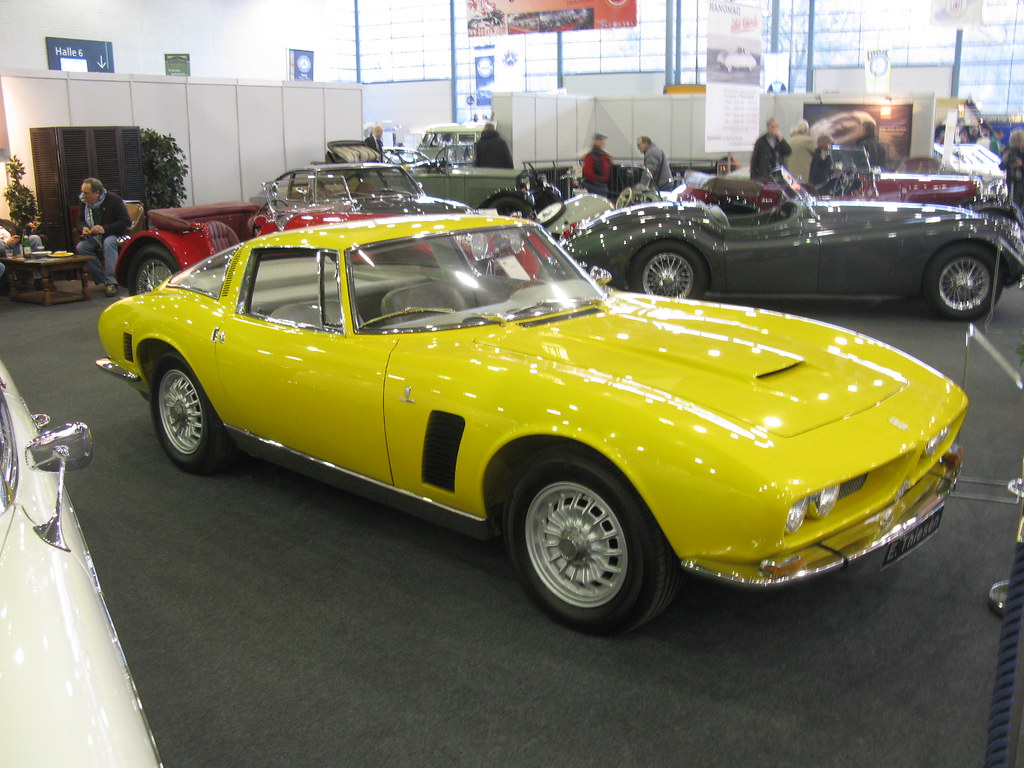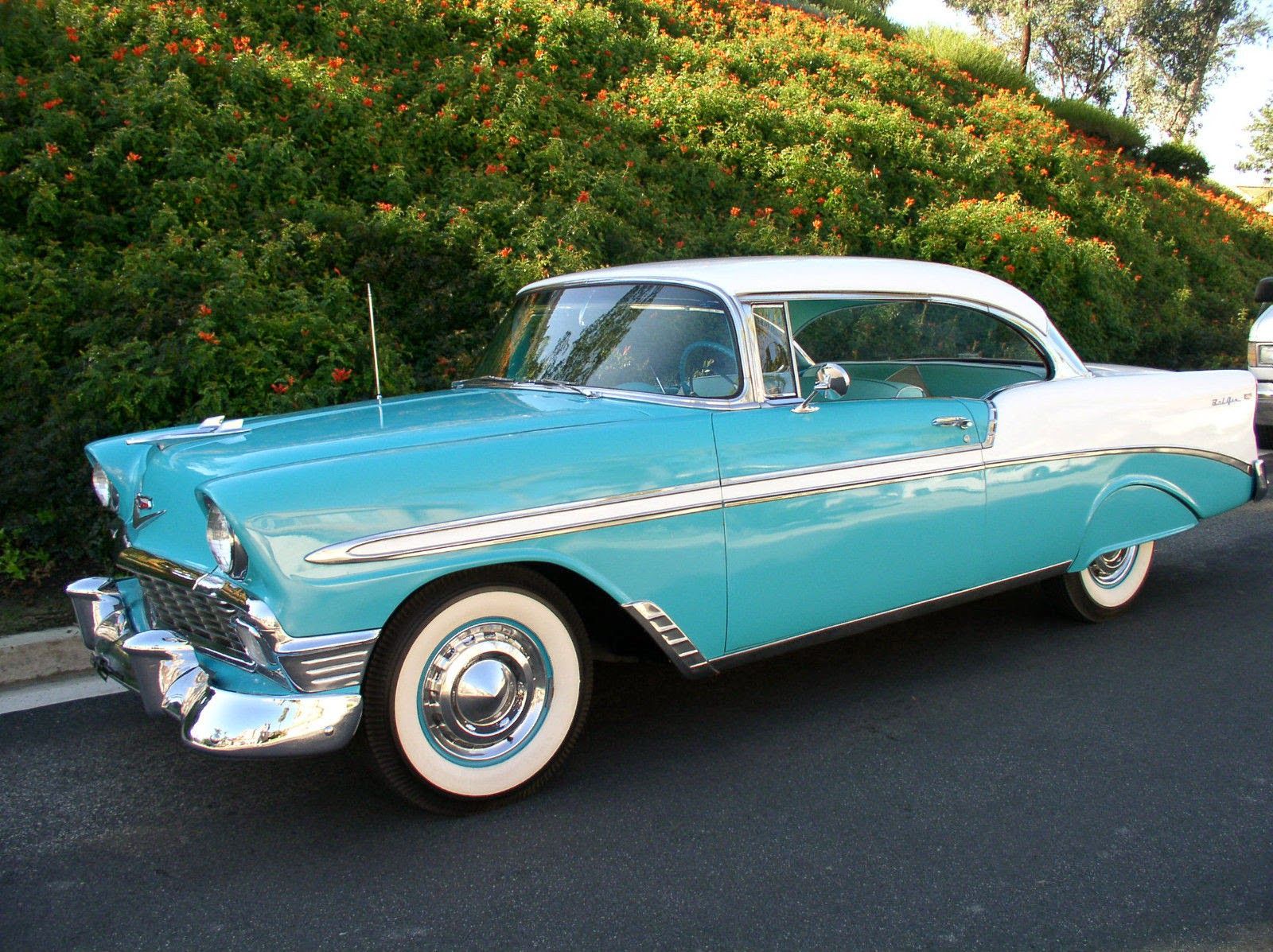
There’s an undeniable magic that surrounds classic cars, isn’t there? Their bold designs, the roar of their engines, the stories etched into every curve of their bodywork – they truly capture the imagination. These aren’t just old machines; they’re titans of engineering and artistry that shaped the very industry we know today, becoming icons in their own right. And while some are meticulously preserved in their original glory, others inspire a different kind of revival: the reboot.
The idea of a ‘reboot,’ a term most commonly associated with Hollywood blockbusters, applies just as powerfully to the automotive world. It’s about taking that raw power, those unforgettable designs, and fusing them with the advancements of modern engineering. This isn’t always a factory-led initiative; sometimes, it’s passionate enthusiasts and specialized firms taking matters into their own hands, crafting vehicles that honor their heritage while pushing boundaries. We’re talking about bringing timeless vehicles back, reimagined to cater to both avid collectors and a new generation of car lovers.
In the following pages, we’re not just reminiscing about bygone eras; we’re diving deep into some of the most fascinating examples of classic car revivals. These are projects that ignite debate, celebrate engineering prowess, and often elevate legendary machines to new heights, far from the notion of ‘damaging’ a brand. From rally champions reborn with carbon fiber bodies to track weapons reimagined for modern performance, these are the stories of innovation, dedication, and an unwavering love for the automobile.

1. **Lancia Stratos HF and the MAT New Stratos: A Rally Icon Reimagined**The Lancia Stratos isn’t just a car; it’s a rally legend, a mid-engine sports car conceived solely to dominate the world’s rally stages. Designed by visionaries Marcello Gandini and Gianpaolo Dallara, it stands as the first car built entirely for competition, a purebred racer. Its journey began with the breathtaking wedge-shaped Stratos Zero concept, a design so ahead of its time it reportedly even captivated Michael Jackson. The production version, the Stratos HF, unveiled in 1971, quickly became an enthusiast’s dream.
Equipped with a potent V6 engine from the Ferrari Dino, the Stratos achieved instant success. Unlike rivals adapting road cars, Lancia had a dedicated rally weapon, leading it to dominate numerous championships. This reign, however, concluded when the Lancia and Fiat rally teams merged, and a strategic decision favored the Fiat 131. Only about 500 Stratos models were ever produced, cementing their status as highly coveted collector’s items, but the legend was far from over.
In 2010, Michael Stoschek, owner of the Brose Group, collaborated with Pininfarina’s Paolo Garella to unveil the New Stratos. This modern interpretation featured a stunning carbon fiber body, incorporating components from the Ferrari F430 Scuderia. Despite high praise, Ferrari’s then-director, Luca di Montezemolo, ultimately declined to supply parts for the planned 25 builds. Nevertheless, a few New Stratos cars did come to fruition, making rare appearances, including Jeremy Clarkson driving one on “The Grand Tour,” highlighting its instant appeal.
The torch was passed again in 2018 when Manifattura Automobili Torino (MAT) acquired the production rights. While the core components remained, MAT now requires clients to provide their own Ferrari F430 as a donor vehicle, emphasizing exclusivity. With promises of future variations like an off-road ‘Safari’ and a racing prototype, the New Stratos continues to pursue its audience, proving that the spirit of this legendary rally car refuses to be confined to history books.

2. **Lancia Delta and the Delta Futurista: A Street Legend’s Modern Evolution**The Lancia Delta is a powerful argument for reviving legendary models, rather than just rebadging others. Introduced in 1979, its rally-bred HF Integrale road version captivated enthusiasts by 1987. Penned by Giorgetto Giugiaro, fresh from designing the Volkswagen Golf, the Delta was destined for a more thrilling and competitive fate than its German counterpart. For an astounding six years, this compact hatchback dominated the World Rally Championship.
Both the original Lancia Delta HF 4WD and the outrageous, 480-horsepower Group B Delta S4 achieved monumental success, solidifying their place in motorsport history. The first generation garnered widespread accolades for its formidable engineering and captivating performance. Unfortunately, subsequent generations, built on Fiat platforms, never recaptured this magic, leaving a void for fans of purebred Italian rally cars.
Racer Eugenio Amos stepped in to rectify this historical oversight, unveiling his reborn Delta, the elegant Delta Futurista, in 2018. This isn’t just a simple refresh; it’s a comprehensive rework of the original Delta Integrale. Every body panel has been redesigned with a sophisticated blend of aluminum and carbon fiber, the rear doors have been removed for a sleeker profile, and modern LED lighting and supportive Recaro bucket seats enhance its performance-focused aesthetic.
Beneath the skin, the Futurista boasts significantly reinforced transmission and suspension, enlarged brake discs, and an engine now pushing 333 horsepower. In a beautiful nod to its heritage, the original dashboard has been meticulously carried over. Amos plans a highly exclusive production of just 20 cars, each priced at a minimum of $300,000, with the first buyer being none other than Rob Dickinson of Singer Vehicle Design – a testament to its undeniable appeal among automotive connoisseurs.
Read more about: What Happened to Them? A Deep Dive into 14 Iconic European and American Cars That Disappeared from Production

3. **Alfa Romeo Giulia TZ2 and Zagato TZ3: A Century of Italian Racing Artistry**Alfa Romeo boasts a rich, ongoing racing history, from its Formula 1 presence to new Giulia GTA and GTAm models challenging at the Nürburgring. This narrative of performance and design would be incomplete without the legendary coachbuilder Zagato, whose unique “Z-badge” has graced many prestigious marques. The bond between Zagato and Alfa Romeo, however, has always been particularly profound, a relationship built on a shared passion for lightweight performance and striking aesthetics.
The “TZ” in its name, meaning “Tubolare Zagato,” hints at the intricate roll cage beneath its exquisite bodywork. The TZ1, introduced in 1963, offered both road and racing variants, but its successor, the TZ2, was a purebred racing machine, with only 12 units ever produced. This rare, featherlight 620-kilogram coupe, powered by a 170-horsepower four-cylinder engine, was capable of an impressive 245 km/h – truly remarkable for the 1960s, solidifying its formidable track legacy.
Decades later, in 2010, the Zagato TZ3 Corsa emerged, a “gift of love” celebrating Alfa Romeo’s centenary, quickly earning an award at the Concorso d’Eleganza. Built on the Alfa Romeo 8C Competizione platform, this Corsa was a masterclass in weight reduction, weighing a mere 850 kilograms – almost half its donor car’s mass. It featured a glorious Italian V8 engine paired with a responsive sequential gearbox, making it a distinctive, high-performance creation.
A year later, the TZ3 Stradale debuted, taking a different, albeit equally fascinating, path. This limited-production coupe (only nine units) utilized components from the Dodge Viper ACR, swapping the Milanese V8 for an enormous 8.4-liter American V10. This resulted in a heavier, 1,450-kilogram car with a six-speed Tremec manual transmission, offering a more visceral experience. Despite these changes, Zagato successfully sold all nine Stradales, proving the enduring allure of the TZ legacy in a bold, cross-continental form.
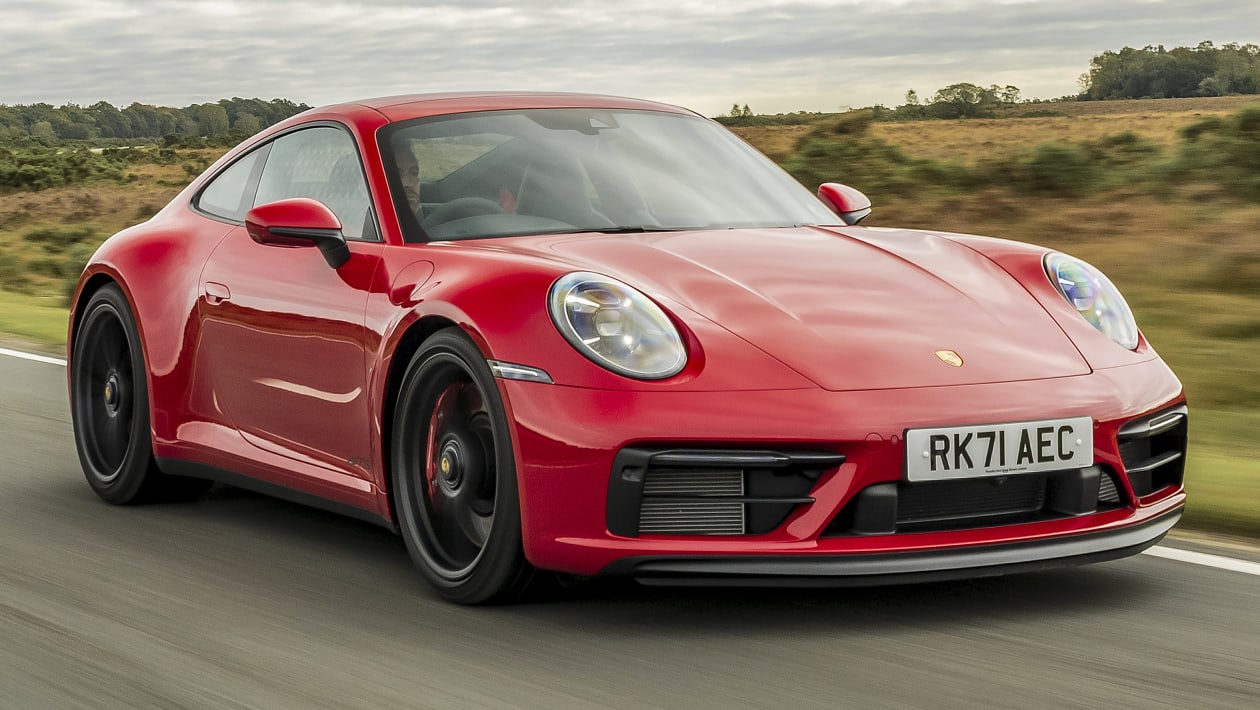
4. **Porsche 911 GT2 (993) and the Gunther Werks 400R: The Air-Cooled Apex Reborn**The Porsche 911 GT2 in its 993 body style holds a special place in automotive history as the most advanced air-cooled Porsche ever produced. It earned the formidable moniker “widowmaker” due to its unforgiving nature – essentially a Turbo version without the all-wheel-drive safety net. This GT2 was a true progenitor, laying the groundwork for all subsequent “most” variants in the illustrious 911 lineage. Its distinctions went beyond just rear-wheel drive, encompassing lightweight wheels, omitted rear seats, minimal wiring, and thinner glass.
This meticulous pursuit of lightness, combined with a formidable 430 horsepower and 540 Nm of torque, propelled the 993 GT2 from 0 to 60 mph in just over four and a half seconds, approaching an exhilarating 300 kilometers per hour. For a mid-nineties car, these figures were truly extraordinary. The raw, unfiltered driving experience cemented its reputation as a pure driver’s machine, respected and revered by purists.
Sharing this profound appreciation is Gunther Werks, a bespoke firm and subsidiary of Vorsteiner. For those 993 owners with the means (and a spare $600,000+), Gunther Werks offers the mesmerizing 400R. This isn’t merely a restoration; it’s a complete metamorphosis. Skilled craftsmen replace all original body panels with exquisitely crafted carbon fiber, while the naturally aspirated flat-six engine sees its displacement increased to a potent four liters, delivering an even more visceral soundtrack.
The interior receives a lavish revamp with high-quality leather and carbon fiber, complemented by modern LED lighting and custom wheels, all encased within a significantly wider body for an aggressive stance. The result is a svelte 1,214-kilogram coupe producing over 400 horsepower and 447 Nm of torque, putting its performance remarkably close to the original turbocharged GT2. With powerful Brembo brakes and a redesigned suspension, the 400R transcends “resto-mod” status; it’s a bold reimagining of what the iconic 993 body can achieve, with only 25 units planned and a speedster version also in the works.
Car Model Information: 2024 Mitsubishi Outlander SE 2.5 2WD
Name: Porsche 911 GT2
Caption: Porsche 911 GT2 RS
Manufacturer: Porsche
Production: 1993–2019
Assembly: Stuttgart,Baden-Württemberg
Designer: unbulleted list
Class: Sports car
BodyStyle: coupé
Related: unbulleted list
Layout: Rear-engine, rear-wheel-drive layout
Categories: 24 Hours of Le Mans race cars, All articles with dead external links, Articles with dead external links from March 2023, Articles with permanently dead external links, Articles with short description
Summary: The Porsche 911 GT2 is a high-performance, track-focused sports car built by the German automobile manufacturer Porsche from 1993 to 2009, and since 2010 as the GT2 RS. It is based on the 911 Turbo, and uses a similar twin-turbocharged engine, but features numerous upgrades, including engine enhancements, larger brakes, and stiffer suspension calibration. The GT2 is significantly lighter than the Turbo due to its use of rear-wheel-drive instead of an all-wheel-drive system and the reduction or removal of interior components. As a result, the GT2 (now GT2 RS) is the most expensive and fastest model among the 911 lineup.
Get more information about: Porsche 911 GT2
Buying a high-performing used car >>>
Brand: Porsche Model: 911 GT2
Price: $21,500 Mileage: 62,096 mi.
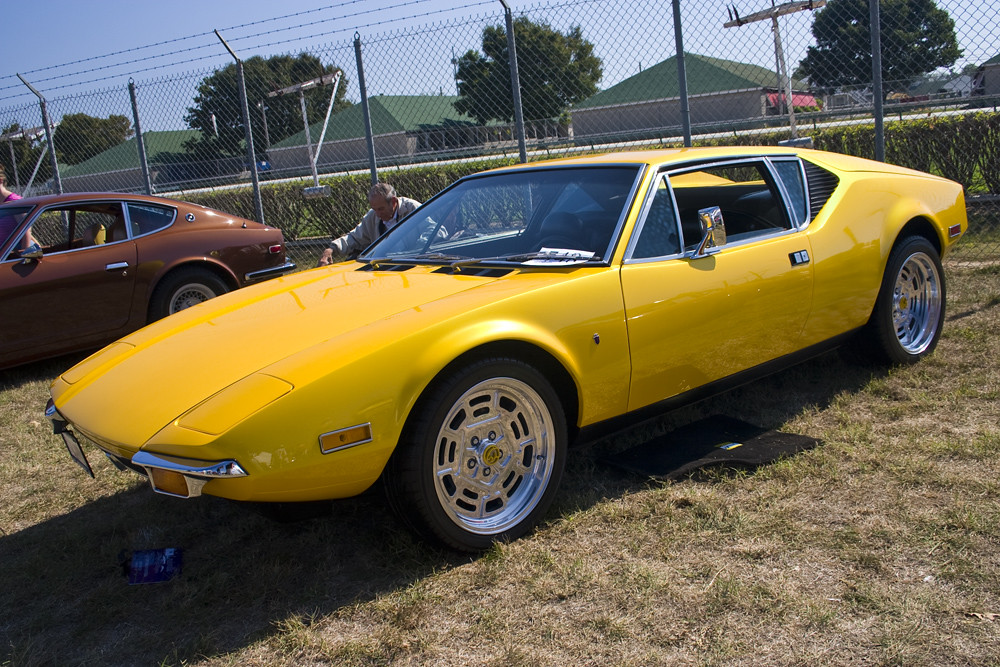
5. **DeTomaso Pantera and the Ares Panther: A Mid-Engine Marvel Returns with a Roar**The De Tomaso Pantera stands as a captivating chapter in automotive history, a long-lived flagship coupe produced from 1970 to 1991, selling over 7,200 units. Founder Alessandro de Tomaso, with his empire once including Ghia and Maserati, leveraged strong connections with Carroll Shelby and Ford. This allowed the Pantera to house a potent 5.8-liter Ford V8 engine, churning out 330 horsepower, a powerful blend of Italian design and American muscle.
The Pantera’s striking, wedge-shaped design was the work of American designer Tom Tjarda, whose portfolio also included the Aston Martin Lagonda and early Fiat 124 Spider. This iconic aesthetic, combined with readily available powerful engines, was key to its success. However, like many boutique Italian manufacturers, it faced challenges, including inconsistent build quality and a famously noisy ZF transmission, which became part of its distinctive character.
After a period of turmoil following Alessandro de Tomaso’s stroke in 2000, and Apollo Automobili’s acquisition of the brand, many wondered about the Pantera’s future. Its spirit was, however, emphatically revived in 2017 by Ares Design, founded by former Lotus CEO Dani Bahar, with their captivating “Project Panther.” Intriguingly built on a Lamborghini Huracán chassis, this reimagined coupe shares no external features with its donor, instead drawing heavily from the original Pantera’s iconic aesthetics.
The Ares Panther features gracefully rising front lights reminiscent of the original, a distinctive wedge-shaped body, and taillights from the Chevrolet Corvette C7, creating an instantly recognizable silhouette. Expected to house an engine even more powerful than the Huracán’s, it aims for exclusivity with a limited production run of 21 units, each priced at over $515,000. Adding an exciting twist, De Tomaso itself has begun testing its own new Panther, dubbed Project P, hinting at a thrilling future for this mid-engine legend.
Car Model Information: 2024 Mitsubishi Outlander SE 2.5 2WD
Name: De Tomaso Pantera
Caption: De Tomaso Pantera GT5-S
Manufacturer: De Tomaso
Assembly: Modena
Production: 1971–1992 (7,260 produced)
Designer: Tom Tjaarda,Marcello Gandini
Class: Sports car
BodyStyle: coupé
Layout: Rear mid-engine, rear-wheel-drive layout
Engine: ubl
Abbr: on – later spec
Order: Ford small block engine#351W
Transmission: Manual transmission,List of ZF transmissions
Wheelbase: 2500 mm
Length: 158 in
Disp: flip – later spec
Width: 67 in
Height: 1100 mm
Weight: 1474 kg
Predecessor: De Tomaso Mangusta
Successor: De Tomaso Guarà
Categories: 1980s cars, 1990s cars, All Wikipedia articles needing clarification, Articles with hAudio microformats, Articles with short description
Summary: The De Tomaso Pantera is a mid-engine sports car produced by Italian automobile manufacturer De Tomaso from 1971 to 1992. Italian for “Panther”, the Pantera was the automaker’s most popular model, with over 7,000 manufactured over its twenty-year production run. More than three quarters of the production were sold by American Lincoln-Mercury dealers from 1972 to 1975; after this agreement ended De Tomaso kept manufacturing the car in ever smaller numbers into the early 1990s.
Get more information about: De Tomaso Pantera
Buying a high-performing used car >>>
Brand: De Tomaso Model: Pantera
Price: $21,500 Mileage: 62,096 mi.

6. **Jaguar E-Type and the Eagle E-Type Spyder GT: The Epitome of Automotive Grace, Reperfected**The Jaguar E-Type, or XK-E, is an automotive legend requiring no introduction. Its name conjures images of effortless beauty, thrilling speed, and an undeniable allure that captivated generations, gracing the garages of icons like Steve McQueen and Brigitte Bardot. This iconic car set speed records and remains a revered fixture at prestigious events globally. The Open Two Seater, turning heads since 1961, perfectly embodied the quintessential British roadster, its timeless elegance a benchmark for design.
The E-Type’s enduring popularity has inspired numerous revivals. Jaguar itself released six “Lightweight” versions in 2014, meticulous continuations of a rare racing variant. Beyond the factory, firms like JPR Cars have created replicas. Yet, among these interpretations, Eagle stands out as arguably the most exquisite. Beginning with restoring original E-Types in the 1990s, Eagle evolved by the early 2000s to offer something more innovative, blending classic aesthetics with modern performance and luxury.
Today, Eagle offers three distinct and highly coveted models: the Speedster, Low Drag GT, and Spyder GT. The 2016 Spyder GT represents the pinnacle of their craftsmanship, featuring significant upgrades while retaining the E-Type’s iconic silhouette. Its glorious inline-six engine is re-engineered with displacement increased from 4.2 to 4.7 liters, boosting power to a robust 350 horsepower, a comprehensive reimagining of its performance capabilities.
The Spyder GT boasts a new, lightweight aluminum body, custom magnesium alloy wheels, and Öhlins shock absorbers for unparalleled handling. Modern conveniences are seamlessly integrated: electric power steering, a limited-slip differential, climate control, and a sumptuously appointed leather interior. Each unit, priced around one million euros, requires 6,000 to 7,000 man-hours of artisanal labor. The Eagle E-Type Spyder GT is a rolling sculpture, a masterpiece proving that true beauty and performance can indeed be timeless, and sometimes, even perfected.
Car Model Information: 1971 Jaguar E-Type Restomod
Sp: uk
Name: Jaguar E-Type
Caption: 1961 E-Type Series 1 3.8-Litre, the first production model of this open two-seater
Aka: Jaguar XK-E (North America),Jaguar V-12
Manufacturer: Jaguar Cars
Production: 1961–1974
Class: Sports car
Predecessor: Jaguar XK150
Related: Jaguar D-Type,Jaguar XJ13
Successor: Jaguar XJS
Layout: FMR layout
Assembly: Coventry,England
Designer: Malcolm Sayer
Categories: 1970s cars, 2+2 coupés, All Wikipedia articles written in British English, All articles with dead external links, All articles with specifically marked weasel-worded phrases
Summary: The Jaguar E-Type, or the Jaguar XK-E for the North American market, is a British front mid-engined sports car that was manufactured by Jaguar Cars Ltd from 1961 to 1974. Its sleek appearance, advanced technologies, high performance, and competitive pricing established it as an icon. The E-Type’s claimed 150 miles per hour (240 km/h) top speed, sub-7-second 0 to 60 mph (97 km/h) acceleration, largely unitary body construction, front and rear independent suspension with disc brakes, mounted inboard at the rear, and rack-and-pinion steering spurred industry-wide changes.
The E-Type was based on Jaguar’s D-Type racing car, which had won the 24 Hours of Le Mans for three consecutive years beginning in 1955.
The E-Type employed what was, for the early 1960s, a novel design principle, with a front subframe carrying the engine, front suspension and front bodywork bolted directly to the body tub. No ladder frame chassis, as was common at the time, was needed and as such the first cars weighed only 1,315 kg (2,899 lb).
It is rumored that, on its debut on 15 March 1961, Enzo Ferrari called it “the most beautiful car ever made”, but this statement is not fully confirmed. In 2004, Sports Car International magazine placed the E-Type at number one on their list of Top Sports Cars of the 1960s. In March 2008, the Jaguar E-Type ranked first in The Daily Telegraph’s online list of the world’s “100 most beautiful cars” of all time.
Get more information about: Jaguar E-Type
Buying a high-performing used car >>>
Brand: Jaguar Model: E-Type
Price: $64,900 Mileage: 2,455 mi.
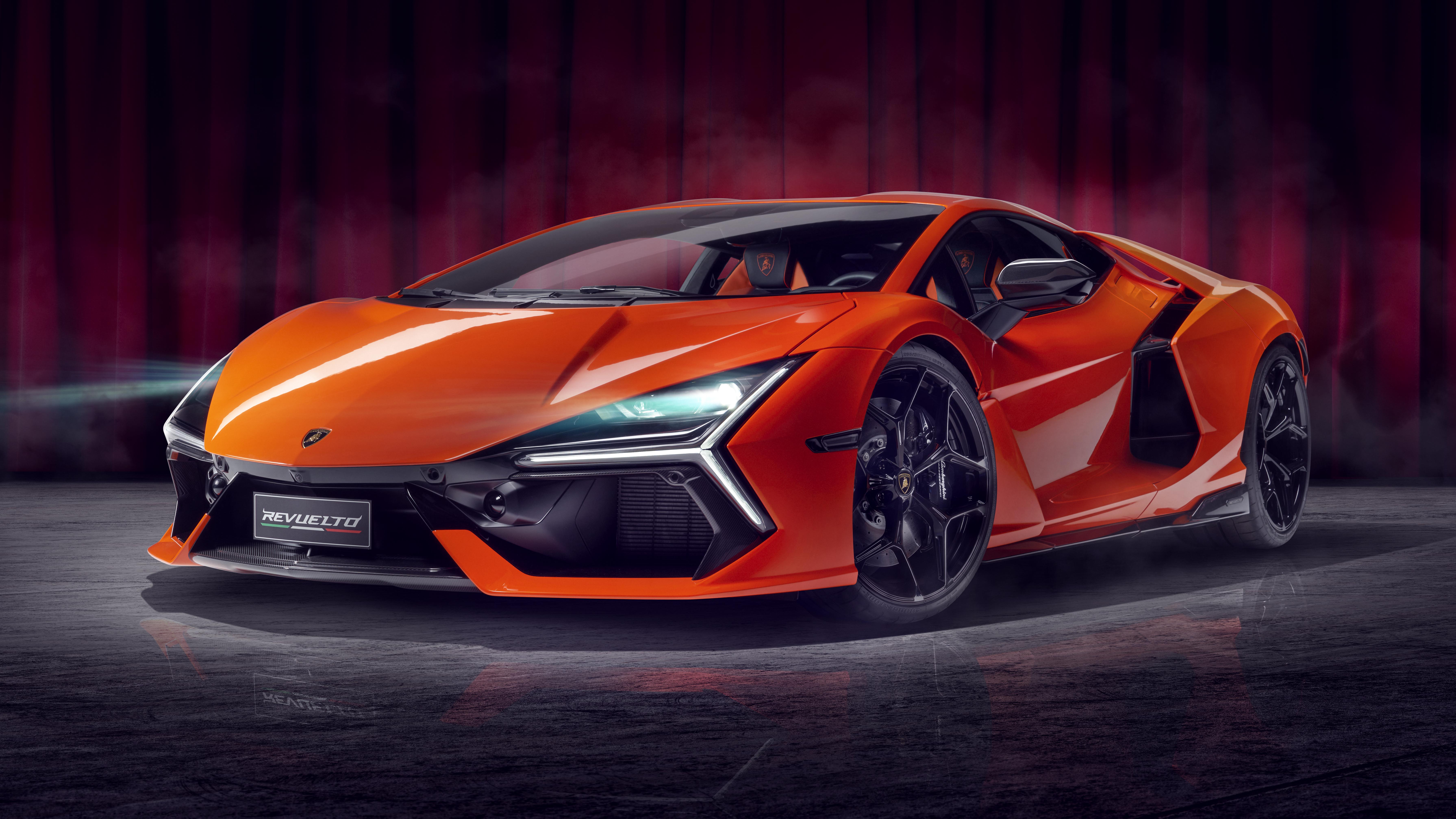
7. **Lamborghini LM002: The ‘Rambo Lambo’ Ready for a Modern Desert Raid**The Lamborghini LM002, affectionately dubbed the “Rambo Lambo,” wasn’t just another supercar; it was Lamborghini’s bold, V12-powered foray into the SUV market in the 1980s. This unique beast combined rugged off-road capability with the flamboyant luxury Lamborghini is known for, making it an instant standout. Its aggressive, almost military-derived design, juxtaposed with that glorious V12 engine, created a vehicle of immense presence, a testament to pushing boundaries and arguably, a car far ahead of its time in anticipating today’s performance SUV obsession.
Envisioning a modern LM002 reboot is a tantalizing prospect. Imagine retaining that iconic, imposing silhouette, but re-engineering it with the latest in advanced suspension systems – perhaps an active air suspension capable of genuine rock-crawling articulation while delivering a supple on-road ride. Power would undoubtedly come from an electrifying source: a high-performance hybrid setup, or even a full EV powertrain delivering instant, monstrous torque, perfectly suited for both desert sprints and urban prowling. The interior would be a tech-laden sanctuary, blending exquisite Italian craftsmanship with cutting-edge infotainment and connectivity.
Such a reboot wouldn’t just be another luxury SUV; it would be a definitive declaration, appealing to the escalating demand for high-end off-road vehicles. It would blend Lamborghini’s unparalleled expertise in performance with the robust practicality of a go-anywhere machine, captivating an entirely new generation of SUV enthusiasts. This reimagined LM002 would not only stay true to its bold, unapologetic legacy but also offer an aggressive yet sophisticated design that few could ignore.
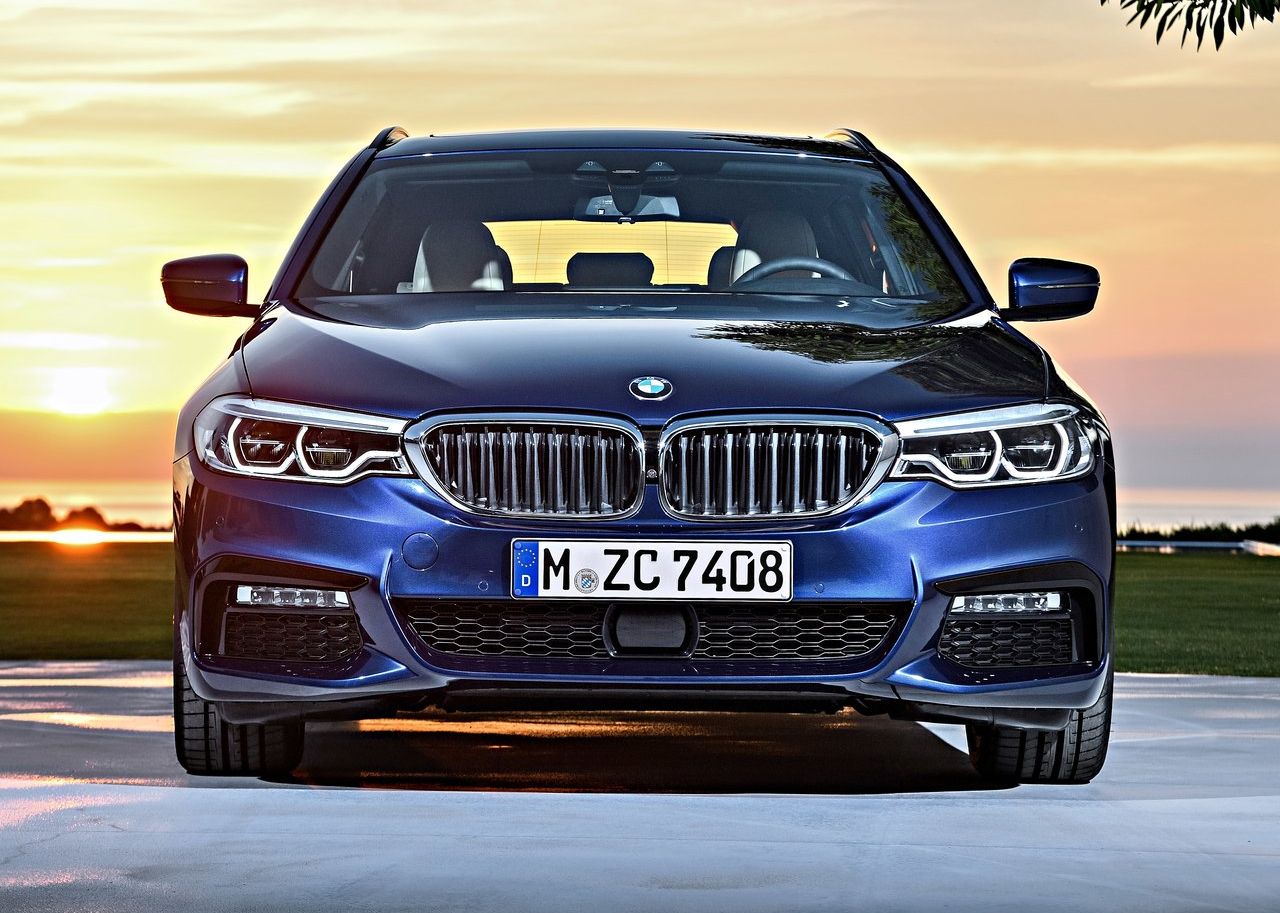
8. **BMW Z1: Retractable Doors and Electric Dreams, Reimagined**The BMW Z1, first unveiled in the late 1980s, was an engineering marvel, famous for its innovative doors that simply slid down into the sills. This feature not only defined its low, wide stance and sleek, aerodynamic aesthetic but also made it a design icon that remains instantly recognizable. Underneath its avant-garde exterior, the Z1 was a proper BMW roadster, powered by a 2.5-liter six-cylinder engine, delivering a surprisingly thrilling and engaging driving experience. It embodied BMW’s ‘Ultimate Driving Machine’ ethos in a quirky, unconventional package, proving the brand’s willingness to innovate.
A modern interpretation of the Z1 could be an absolute game-changer, reborn as an exclusively two-seater electric roadster, blending classic BMW design cues with cutting-edge electric propulsion. Its iconic retractable doors would undoubtedly make a triumphant return, perhaps with even more advanced, fully automated mechanisms, evolving into a seamless technological spectacle. This isn’t just about nostalgia; it’s about pushing the boundaries of what a modern convertible can be, offering a dynamic and open-air driving experience with zero emissions.
Beyond the doors, this Z1 reboot would feature state-of-the-art infotainment and advanced safety systems, all integrated harmoniously within a driver-focused cockpit. It would be a car that is not only fun and stylish but also genuinely sustainable. Such a revival would resonate deeply with fans of retro-futuristic cars, while simultaneously attracting a new cohort of buyers seeking a truly unique, eco-friendly, and unequivocally stylish driving experience, perfectly aligning BMW’s past with its electric future.
9. **Iso Grifo: The Italian-American Muscle Coupe’s Luxurious Return**The Iso Grifo is a name that signifies the elegant fusion of Italian design and brute American power, a rare gem born from the collaboration between Iso and engineer Jim Hall. Its striking Bertone-designed body, paired with formidable American V8 engines, created a luxurious grand tourer capable of aggressive performance. The Grifo occupied a unique niche, appealing to those who appreciated refined aesthetics but also demanded serious horsepower, mastering a blend that few manufacturers could achieve as elegantly as Iso.
A modern Grifo reboot would need to meticulously preserve that stunning blend, updated for the 21st century. Whether housing a modern, highly-tuned V8 or an advanced electric powertrain delivering exhilarating torque and acceleration, performance would be paramount. The luxury coupe could seamlessly integrate advanced infotainment systems, discreetly hidden until needed, ensuring a contemporary driving experience without sacrificing the timeless cabin aesthetics and focusing on exceptional comfort and speed.
Crucially, the reboot would have to meticulously preserve the classic, flowing lines that made the original Grifo so distinctive and visually arresting. With its historical status as a rare and highly collectible vehicle, such a revival would intensely appeal to discerning enthusiasts of both classic cars and modern luxury vehicles. An Iso Grifo reboot wouldn’t merely be a new model; it would unequivocally bring a profound sense of exclusivity and prestige back to the automotive world, honoring a truly unique heritage.
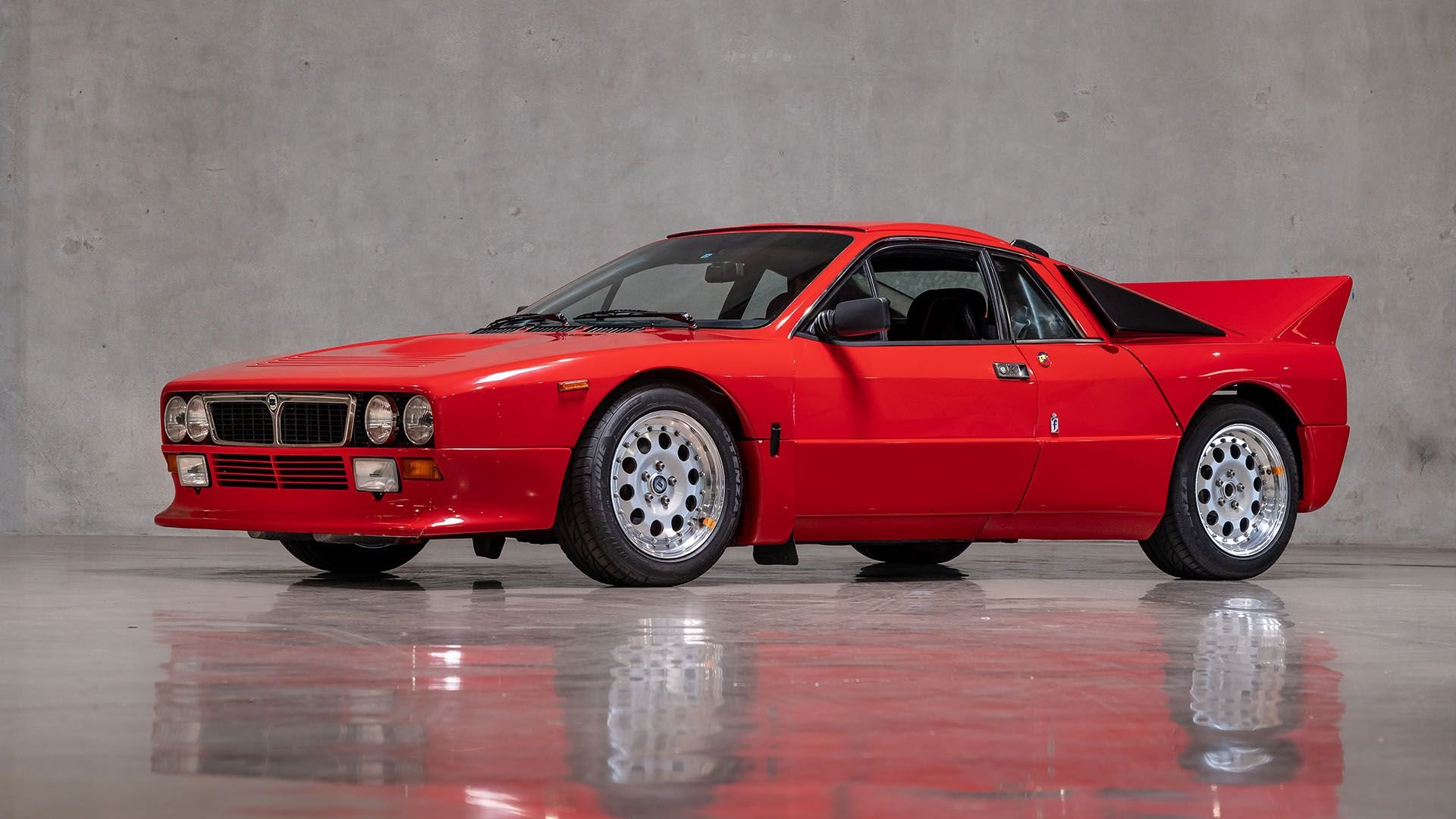
10. **Lancia 037: Rekindling the Rear-Wheel-Drive Rally Fire**For rally purists, the Lancia 037 is more than a car; it’s a defiant statement, purpose-built for tackling the most challenging terrains. Designed to be incredibly lightweight and powered exclusively by its rear wheels, it holds a special place in motorsport history as one of the last RWD cars to clinch the World Rally Championship. Its distinctive rear spoiler, aggressive stance, and almost brutalist functional aesthetic made it instantly recognizable, cementing its reputation as a formidable force and embodying a golden era of motorsport.
A modern reboot of the Lancia 037 would be an exhilarating tribute, taking deep inspiration from its unparalleled racing pedigree while fundamentally updating its powertrain. Imagine it with a potent, highly responsive turbocharged engine, perhaps augmented by cutting-edge hybrid technology to deliver instant torque and unparalleled efficiency. The lightweight construction, a hallmark of the original, would remain central, but achieved through sophisticated modern materials like carbon fiber and advanced aluminum alloys, ensuring even better performance and structural rigidity.
While its soul would remain firmly rooted in rally, the interior would see judicious updates, integrating modern features without diluting its raw, driver-focused appeal. A Lancia 037 reboot would not only carry forward the indomitable rally spirit but also attract a new generation of motorsport fans captivated by its heritage and modern capabilities. It would be a true, visceral celebration of performance and history, packaged in one undeniably striking, unapologetic machine.
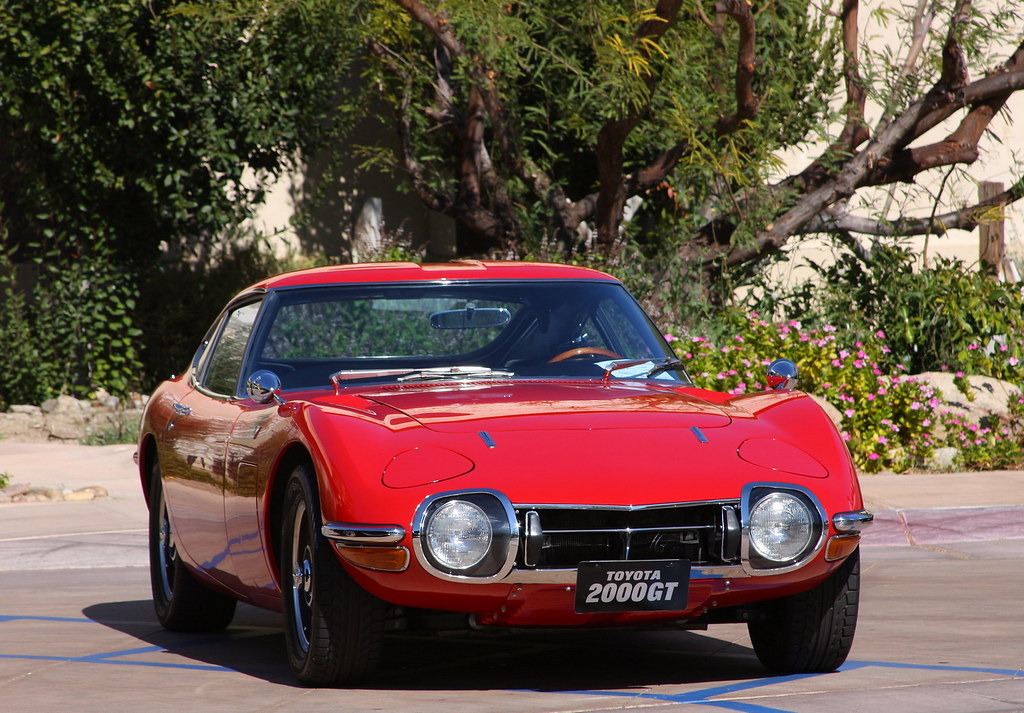
11. **Toyota 2000GT: Japan’s First Supercar, Electrified and Elevated**The Toyota 2000GT is revered as Japan’s inaugural supercar, a vehicle that shattered preconceived notions of Japanese automotive capability in the late 1960s. With its utterly elegant design and advanced engineering for its era, it immediately became a cult classic. Built in extremely limited numbers, it earned a revered status for its captivating performance and timeless beauty, securing its place in the pantheon of automotive legends, and proving Japan’s design prowess and engineering mettle.
A modern version of the 2000GT offers an incredible opportunity for Toyota. Imagine it reborn with an electric or advanced hybrid powertrain, delivering a sustainable yet utterly thrilling drive that respects its performance heritage. Crucially, the reboot would have to meticulously preserve the 2000GT’s iconic sleek curves and its exquisitely refined interior, ensuring the modern interpretation is instantly recognizable and aesthetically captivating, avoiding any stylistic missteps.
Updated technology would be seamlessly integrated, providing a modern infotainment system, advanced safety features, and even greater performance capabilities than its predecessor could ever dream of. The 2000GT’s inherent reputation for beauty and performance would make it an immediate standout in today’s demanding market. Such a reboot would be a profound celebration of Toyota’s enduring engineering excellence and design philosophy, proving that classic beauty can indeed evolve into a cutting-edge future.
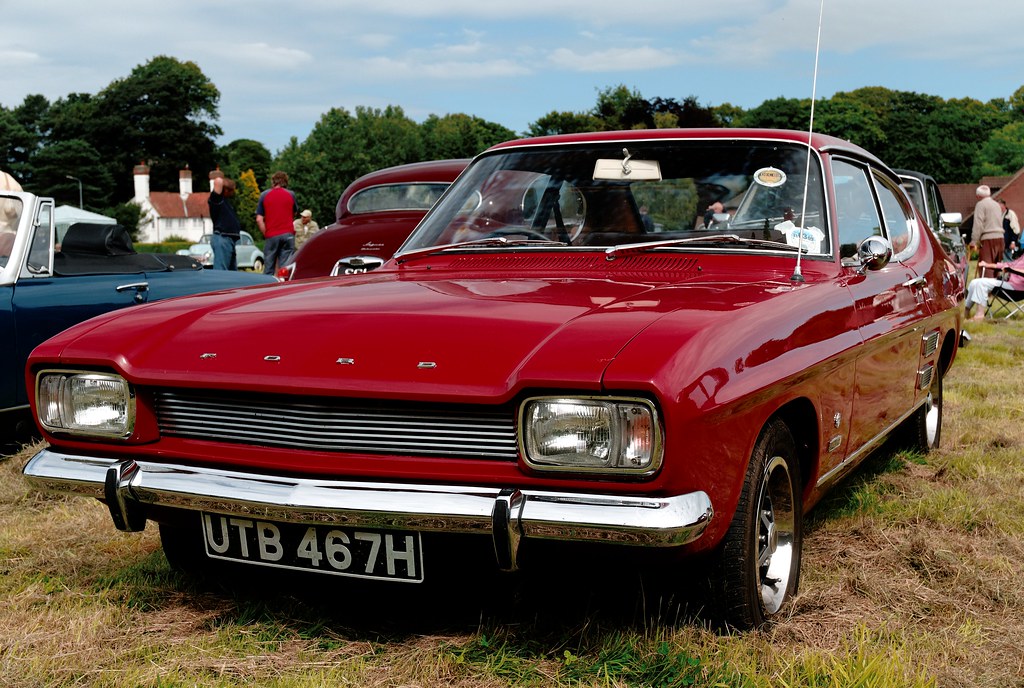
12. **Ford Capri: The ‘European Mustang’ Rides Again, Electrified and Engaging**For a generation of European enthusiasts, the Ford Capri was affectionately known as the “European Mustang,” delivering sporty performance in a compact, affordable, and undeniably stylish package. Throughout the 1970s and 1980s, its simple yet attractive design and accessible performance made it a beloved choice, becoming a cultural touchstone for many. The Capri wasn’t about breaking lap records; it was about injecting fun and excitement into everyday driving, capturing the spirit of democratic performance.
A modern reboot of the Ford Capri presents a fascinating challenge and opportunity, needing to expertly combine the spirited essence of the original with today’s automotive innovations. Imagine it powered by a potent turbocharged hybrid system, or perhaps even a full-electric powertrain, delivering instant torque and exhilarating performance while remaining remarkably efficient. The modern Capri could feature a more aggressive stance, hinting at its underlying capabilities, with updated suspension for even sharper handling and a suite of modern safety features.
Crucially, the classic looks would need to stay true to the original’s iconic silhouette, but with the addition of contemporary design elements and subtle luxury touches to elevate its appeal. A reboot of the Ford Capri would cater perfectly to a new generation of car enthusiasts actively seeking a fun, engaging, and affordable sports coupe with a rich heritage. Its revival could truly inspire a return to the glory days of accessible, classic European performance cars, showing that some legends deserve a second, electrified act.
Car Model Information: 2021 Ford Mustang GT
Caption: 1978 Ford Capri Mk3 2.0L
Name: Ford Capri
Manufacturer: Ford of Europe
Production: November 1968 – December 1986
Designer: Philip T. Clark
Class: coupé
Related: Ford Cortina,Ford Taunus TC
Successor: Ford Probe,Ford Puma (sport compact)
Categories: 1960s cars, 1970s cars, 1980s cars, All Wikipedia articles written in British English, All articles with incomplete citations
Summary: The Ford Capri is a fastback coupé built by Ford of Europe and designed by Philip T. Clark, who had been involved in the design of the Ford Mustang. It used the mechanical components from the Mk2 Ford Cortina and was intended as the European equivalent of the Ford Mustang. The Capri went on to be highly successful for Ford, selling nearly 1.9 million units in its lifetime. A wide variety of engines were used in the car throughout its production lifespan, which included V6 engines named Essex and Cologne at the top of the range, while the straight-four (Kent) and V4 (Taunus) engines were used in lower-specification models. Although the Capri was not officially replaced, the second-generation Probe was effectively its replacement after the later car’s introduction to the European market in 1994.
Get more information about: Ford Capri
Buying a high-performing used car >>>
Brand: Ford Model: Capri
Price: $35,993 Mileage: 18,085 mi.
As we’ve journeyed through these incredible automotive reboots and envisioned the future of classic reinventions, it becomes clear that the spirit of innovation and passion for cars is as vibrant as ever. Whether it’s the meticulous resurrection of a rally titan or the visionary reimagining of an iconic supercar, these projects prove that the automotive world isn’t just about what’s new, but about honoring and evolving what’s timeless. These are the stories where heritage meets horsepower, where design meets destiny, and where the echoes of legends drive straight into tomorrow, captivating enthusiasts with every turn of the wheel. The road ahead for classic car reboots is undoubtedly exciting, promising more masterpieces that respect the past while boldly embracing the future.

